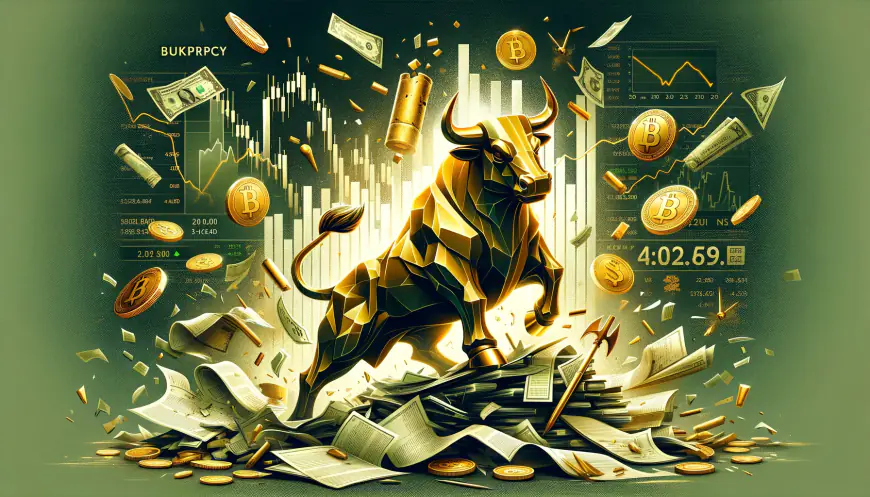How Wall Street scored big in the FTX bankruptcy mess
Wall Street never misses a beat, even in the throes of cryptocurrency chaos. When FTX, once a titan in the crypto exchange world, stumbled into bankruptcy in November 2022, savvy investors from the traditional finance realm were already positioning themselves to profit. Opportunistic Moves Amid Crisis In the immediate aftermath of FTX’s collapse, the price […]

Wall Street never misses a beat, even in the throes of cryptocurrency chaos. When FTX, once a titan in the crypto exchange world, stumbled into bankruptcy in November 2022, savvy investors from the traditional finance realm were already positioning themselves to profit.
Opportunistic Moves Amid Crisis
In the immediate aftermath of FTX’s collapse, the price of claims against the company plummeted, trading for mere pennies on the dollar. Veteran investment firms like Attestor, Farallon, Oaktree, and Silver Point capitalized on the turmoil. These players, accustomed to the high-stakes game of distressed assets, began scooping up claims for as low as 20 cents on the dollar. They wagered on the eventual recovery of FTX’s assets, a bet that would require patience and a keen eye for timing.
As the bankruptcy proceedings unfolded, the task at hand was clear: liquidate every asset FTX had touched—from digital tokens to venture capital stakes—and convert them into cash. This massive sell-off coincided with a surge in cryptocurrency values, inflating the returns on these distressed assets. Before long, claims that once seemed nearly worthless were trading close to their full value.
Despite the complexity of the situation, including competing claims from government entities like the Department of Justice and the IRS, the restructuring plan moved swiftly. Under the guidance of John Ray III, the newly appointed CEO tasked with navigating the bankruptcy, FTX managed to outline a path to significant recovery for its creditors. The stark contrast to prolonged liquidations of the past, such as those following the Enron and Lehman Brothers scandals, highlighted the efficiency of the process this time around.
The Windfall in Waiting
Patience paid off handsomely for those who had the foresight to invest in FTX’s beleaguered claims. The total face value of these claims was around $12 billion, but with the assets liquidated and the market rebound, total recoveries are projected to surpass $15 billion. This represents a staggering gain, largely benefiting the few who dared to bet against the tide.
Meanwhile, the typical FTX account holders faced mixed emotions. Although the plan proposed a return of 118 cents on the dollar based on the cryptocurrency prices at their lowest in 2022, these individuals missed out on the dramatic price rallies that followed. Their recovery, substantial as it may seem, did not fully capitalize on the market’s upturn.
The narrative of FTX’s fall and partial redemption is a testament to Wall Street’s acumen in navigating financial disasters. While the crypto community had heralded platforms like FTX as pioneers of financial democratization, the old guards of finance—armed with experience and capital—were the ones who emerged in a position to dictate terms.
Despite the resolution appearing favorable, with almost all small creditors set to recover fully, the larger story is the reminder of traditional finance’s resilience and strategic depth. The swift and strategic actions by investment firms amidst FTX’s collapse illustrate a broader theme: in the world of high finance, timing, and experience often triumph over turmoil.
As the final details of the bankruptcy plan await court approval, stakeholders from across the financial spectrum are watching closely. FTX’s saga is far from a solitary event. Rather, it’s a clear indicator of how the financial establishment adapts and thrives, even as the ground changes beneath it.
What's Your Reaction?









































































































